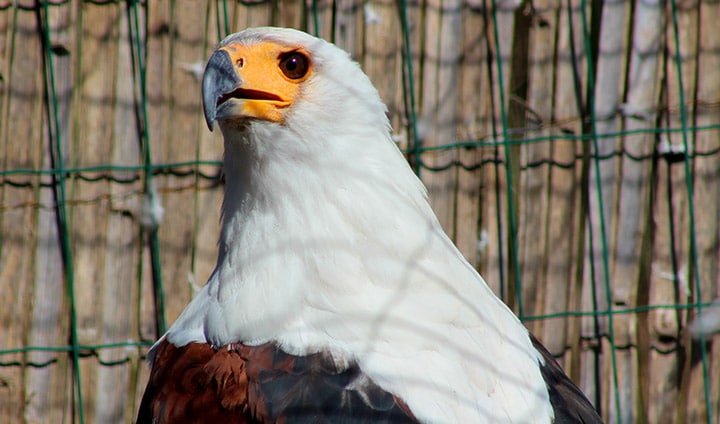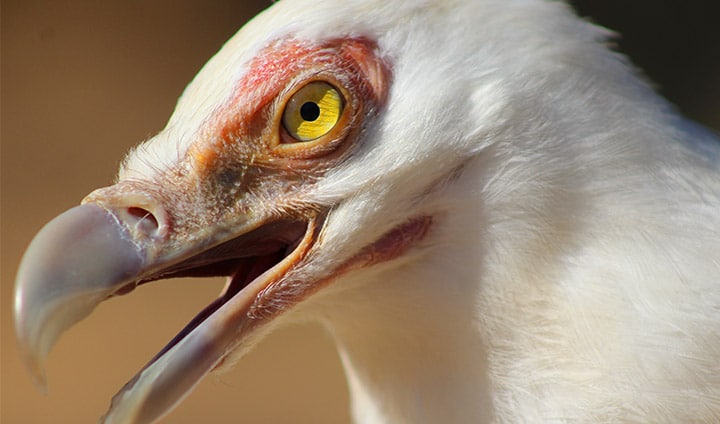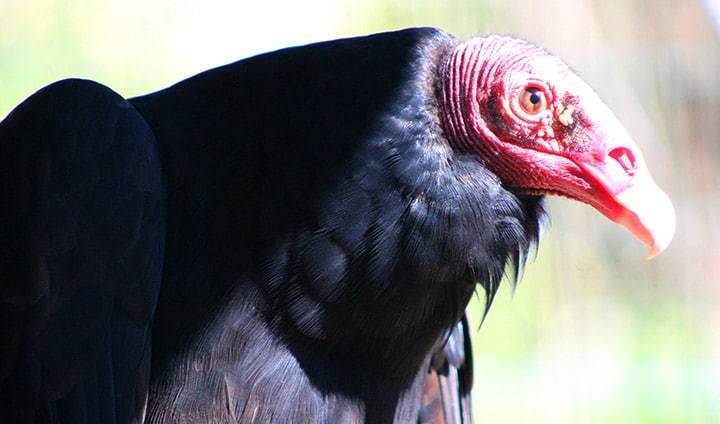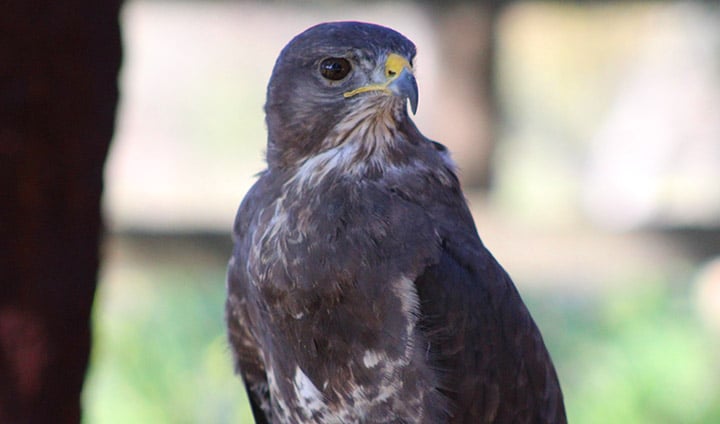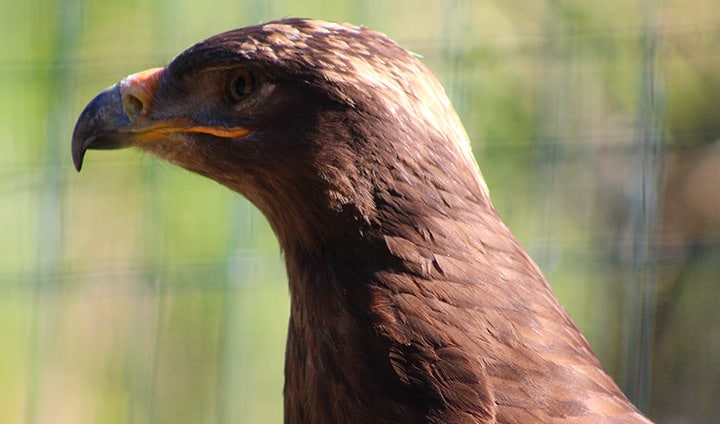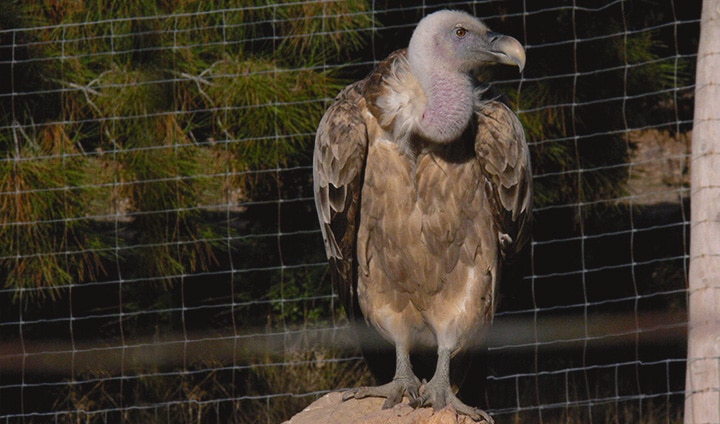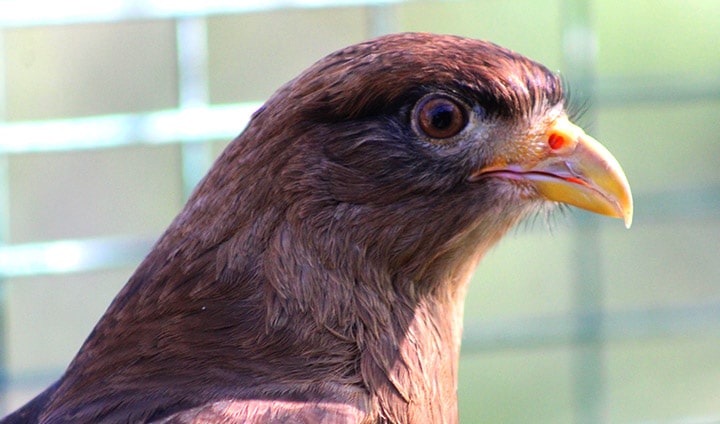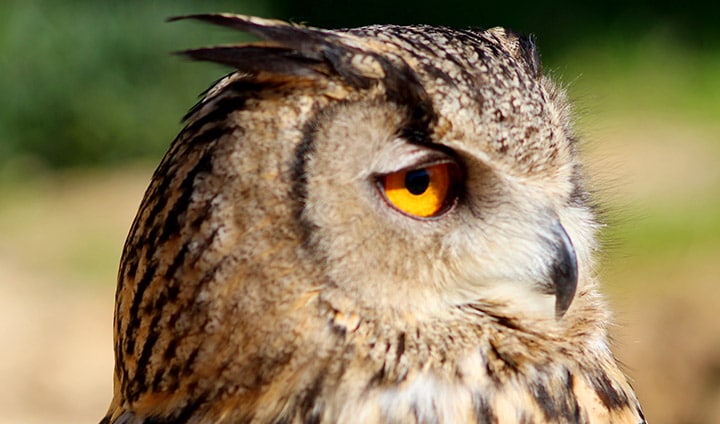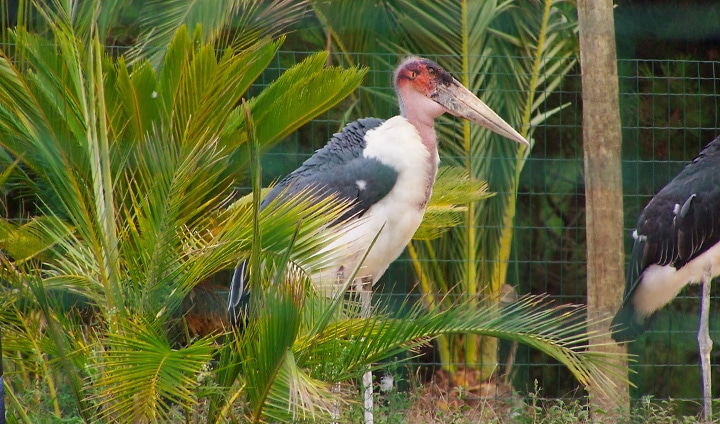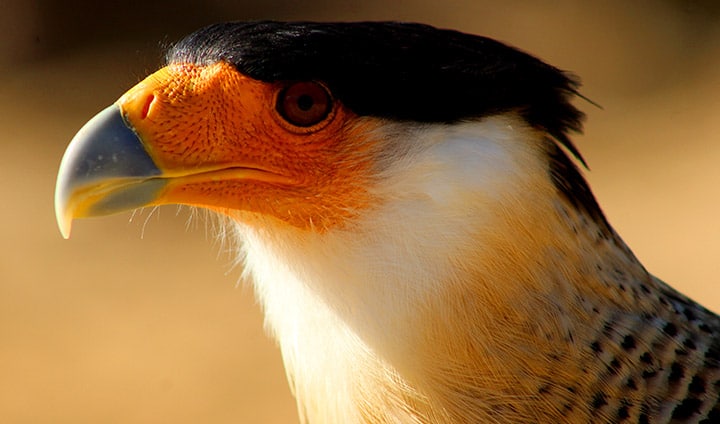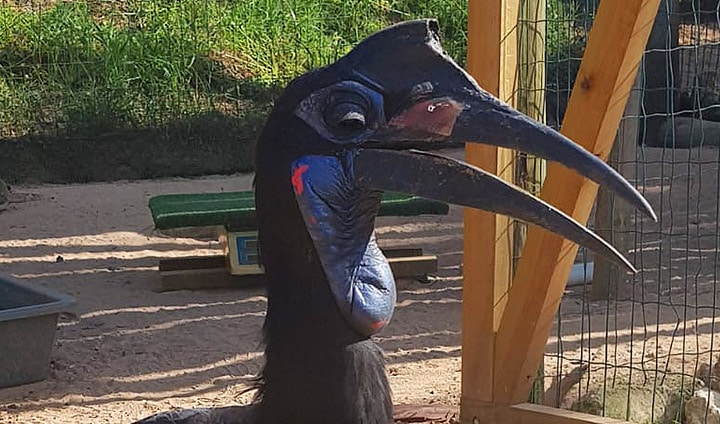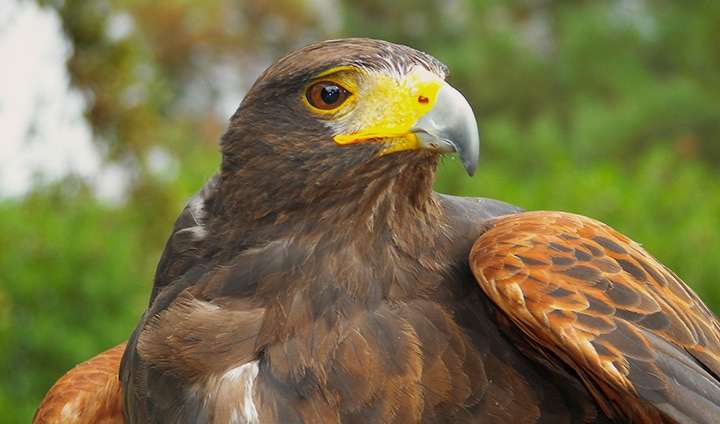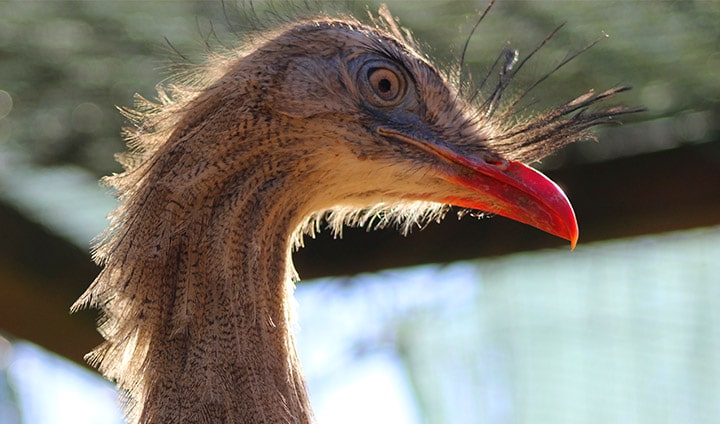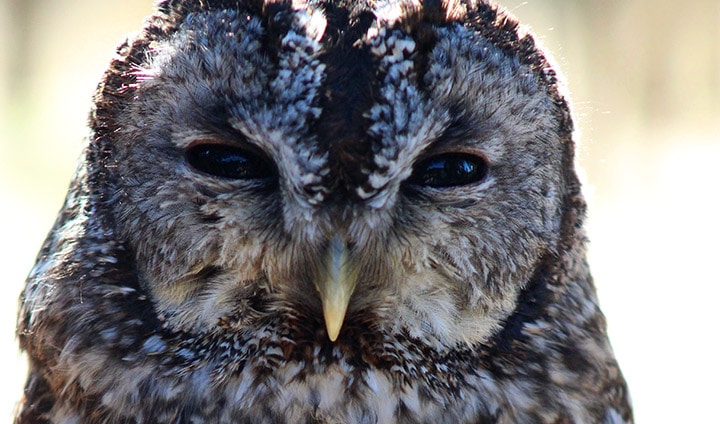Habitat and Geographic Distribution: Throughout sub-Saharan Africa, by lakes, reservoirs and rivers, but can also be found near the coast, estuaries or lagoons.
Diet: Mainly fish, but also feeds on small mammals, birds, baby crocodiles and even carrion.
Reproduction: Builds large nests that are reused for consecutive years. Nests are generally built on high treetops with twigs, branches and leaves. Lays 1-3 eggs that are incubated by the couple for about 45 days. The chicks stay in the nest for 70-75 days and, after eight weeks, the young eagle is able to live independently.
Behaviour: Monogamous bird, however, the male must annually regain the female’s attention. The couple locks talons in mid-air and free fall together separating near the ground. They repeat this several times before mating.
Interesting Facts: Known as the “voice of Africa”, their shrill and characteristic vocalisation can be heard kilometres away. The African fish-eagle is the national bird of Zimbabwe and Zambia.
Conservation status: Least Concern (LC), CITES Annex II
Threats: Poisoning and habitat destruction by the pollution of water resources.
Class: Aves
Order: Accipitriformes
Family: Accipitridae
Height: 63-75 cm
Wingspan: 1.75-2.40 m
Weight: 1.9-2.5 kg (males) and 3.2-3.6 kg (females).
Average Lifespan in the wild: 17 years.



